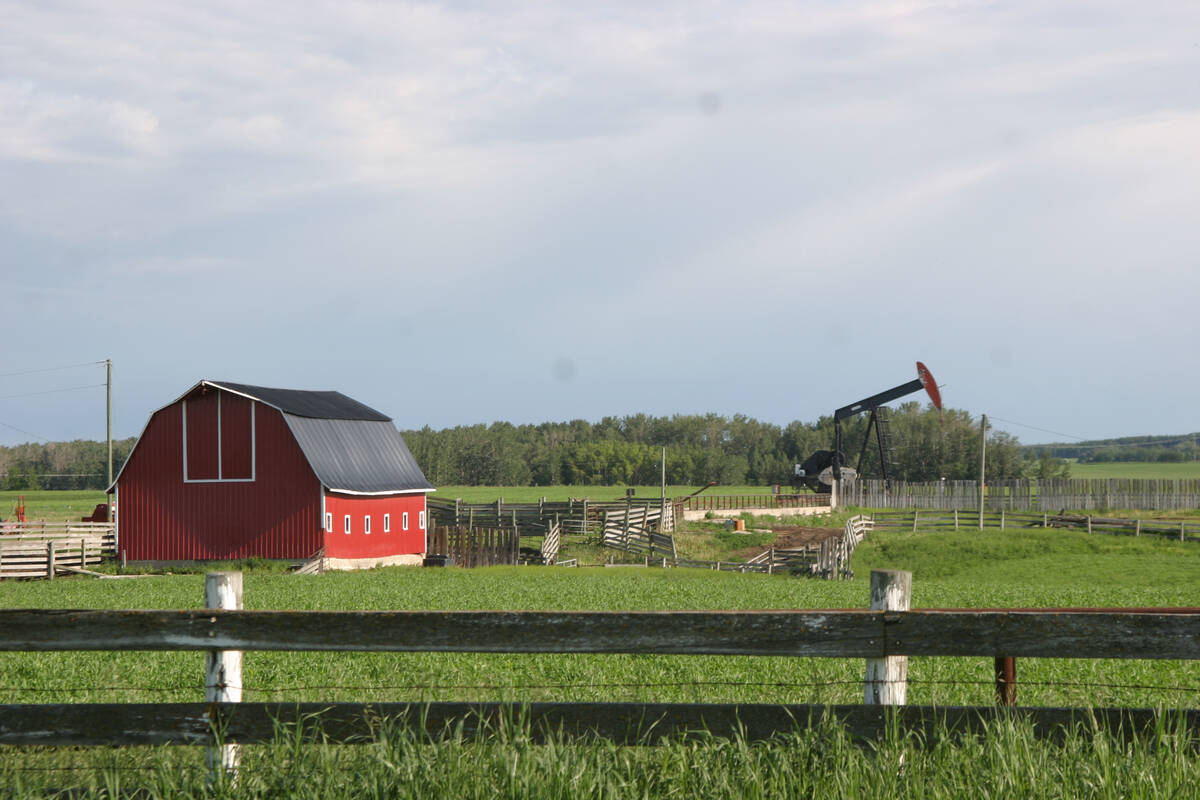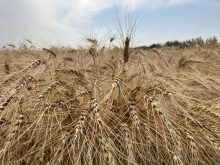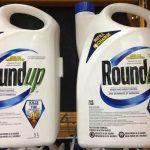‘Holy cow, prices are high!’
That’s what some of Canada’s desperate grain customers are probably saying right now, says Todd Hames, the outgoing chair at Cereals Canada.
“We have quite a few loyal customers in the world and they’re looking for Canadian wheat because of the quality and consistency of our products,” said the Alberta producer. “Obviously the marketplace is worried about quantity after last year’s drought situation here in Western Canada.”
The war in Ukraine, which has stranded vast amounts of Black Sea grain, is compounding the problems, said Hames, adding the war is also driving some international buyers to consider buying North American grain. India, Russia, Argentina, Algeria, Egypt and Serbia have all banned grain exports.
Read Also

Recommendations in the mature assets strategy could cause potential problems for landholders
The Western Stock Growers’ Association urges producers to pay attention to the potential changes to Alberta’s Mature Assets Strategy.
“A lot of the Black Sea wheat normally goes to more price sensitive markets, so there’s probably more of a disruption in that marketplace than our customer base,” he said.
War aside, offshore grain dealers sometimes mix high-end wheat — such as Canada’s — with cheaper wheat to raise quality, said Hames.
“That’s probably going to increase the demand for Canadian wheat,” he said. “But keep in mind we have a low inventory here in Western Canada from last year’s shortage.”
Canada supplies more than 80 countries with red spring wheat. Last year, China was the top customer, buying 2.3 million tonnes worth $831 million, according to Cereals Canada. Japan is also a major buyer (number three at just under 1.5 million tonnes) but Indonesia (1.7 million tonnes), Peru (1.4 million tonnes) and Colombia (1.3 million tonnes) are also in the top five.
Forty-nine countries purchase Canadian durum.
And yet, even as buyers around the world scramble for supply, concern about pesticide residues is raised a lot, including the potential for some countries to reject Canadian shipments.
“Some countries can have a lower limit than others or what Canada’s limits are,” said Hames. “That can cause confusion in the marketplace. A lot of the market access issues can become non-tariff trade barriers where basically countries will complain about something that is not always based in science, and that’s when we fight a lot on the science. We do believe that Canadian wheat is very safe.”
Are Canadian farmers doing enough to curtail pesticide residues?
A lot of work is being done to ensure they are up to date on the risks regarding residues, said Hames, adding Canadian farmers produce a clean, quality product.
“Farmers are really particular about making sure their harvest is safe for consumption,” said the Marwayne-area producer. “It’s because we also consume our products.”
Also, there’s more to Cereals Canada than wheat, he added. The organization also focuses on barley and oats.
In the end, the most important lesson he learned during his time leading the Cereals Canada board is the importance of farmers working together to solve problems.
“The whole value chain is connected, from the farmer to the customer,” he said. “That’s what Cereals Canada tries to do, is connect our customers with farmers, and to seek transparency about how we produce crops and the status of those crops.”
Canadian grain farmers need to know that international customers are asking tough questions about sustainability, said Hames, adding customer needs also must be understood.
“We can’t change our varieties or specs on wheat,” he said. “It takes years and years, so if there is something that customers are missing, or something we can do to provide a better product, that’s what we need to listen to.”
That said, Canada’s reputation as a top-quality grain supplier remains strong, he said.
“Generally, our customers are very happy with the product.”















